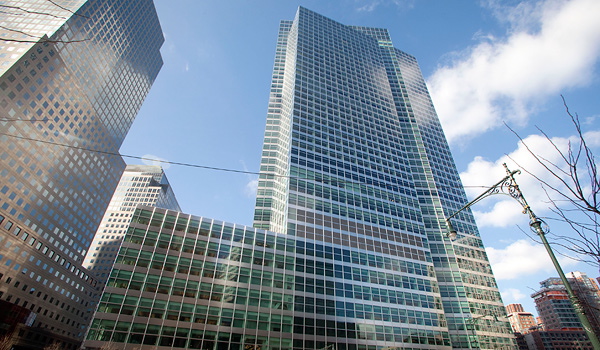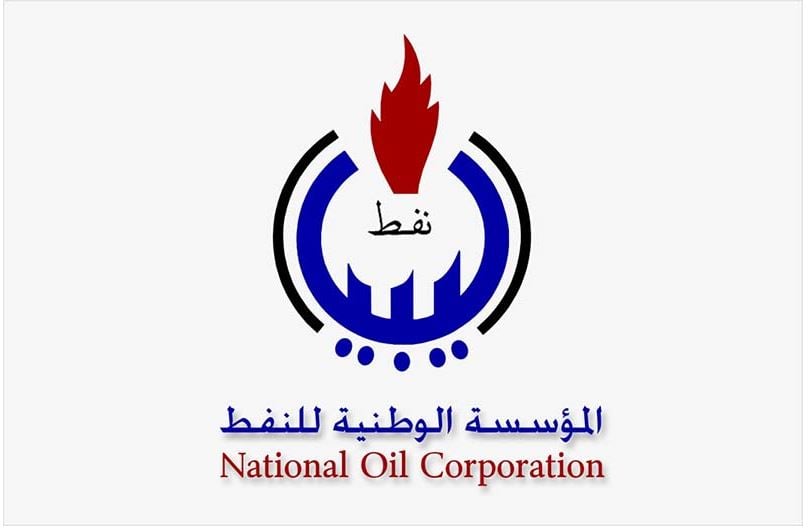Tripoli, 23 June:

Libya is still struggling to recover catastrophic losses of around $1.75 billion on investments made with leading international financial . . .[restrict]institutions.
Although Mohsen Derregia, chairman of the Libyan Investment Authority (LIA) since April, said that the failed investments may not have fallen in value as much as feared, the LIA is still looking to seek compensation.
Derregia told Reuters yesterday: “We’ve had losses for around $1.75 billion, of which $900 million was on a single investment with Goldman Sachs. We will have to see how these structured products were created, valued and managed. Then we will talk to the investment house and see if we can claim a refund.” Derregia said it was unclear what kind of structured products were involved.
The most significant losses are from 2007 and 2008 investments in structured products managed by Goldman Sachs and Société Générale. Goldman Sachs structured a $1.2 billion equity and derivatives portfolio for the LIA, which lost 98.5 percent of its value by June 2010. Almost immediately after a rogue trader had lost the bank €5 billion, SocGen’s investment for the Libyan sovereign wealth fund involved a ten year commitment of $1 billion in a derivative, which the French bank used to buy its own shares. The Financial Times reported it had seen documents in which the bank told Mohammed Layas, LIA executive director and Mustafa Zarti, his deputy, that because of the rogue trading losses, the bank, the shares in which had halved in value, was “in play” as a takeover target. No takeover emerged and the investment had lost 72 percent of its value within two years.
Other LIA investments also fell in value whilst racking up high fees. A $300 million investment with BNP Paribas lost around a quarter of its value and generated $18 million in charges. Another $300 million was invested with Millennium Global, a London-based fund set up by a former Goldman Sachs employee, which almost halved in value. Credit Suisse generated fees of $7.6 million for a $200 million investment that depreciated almost 30 percent. An investment of another $300 million with London-based asset manager Permal, brokered by SocGen, had lost 40 percent of its value by July 2010 and incurred charges of $27 million.
One of the challenges facing the LIA in any claim for compensation, and perhaps even damages, will be to prove negligence or bad faith on the part of any or all of the institutions to whom it awarded investment mandates.
There is apparently no shortage of international law firms seeking to work for the LIA, both to support any negligence claims against the likes of Goldman Sachs and SocGen , but also to recover title to Libyan assets, the ownership of which has been diverted to the Qaddafi family and other senior figures within the old regime.
There is also a question of whether the LIA will be running out of time to launch any legal actions. On the face of it, under English tort law for instance, the LIA would have six years from the time the damage was suffered, rather than from when the investment was made. However, a leading lawyer pointed out yesterday that any action would depend on the specific terms of the retainer. He added that there might have been no breach at all and a loss was caused simply by market conditions. [/restrict]








